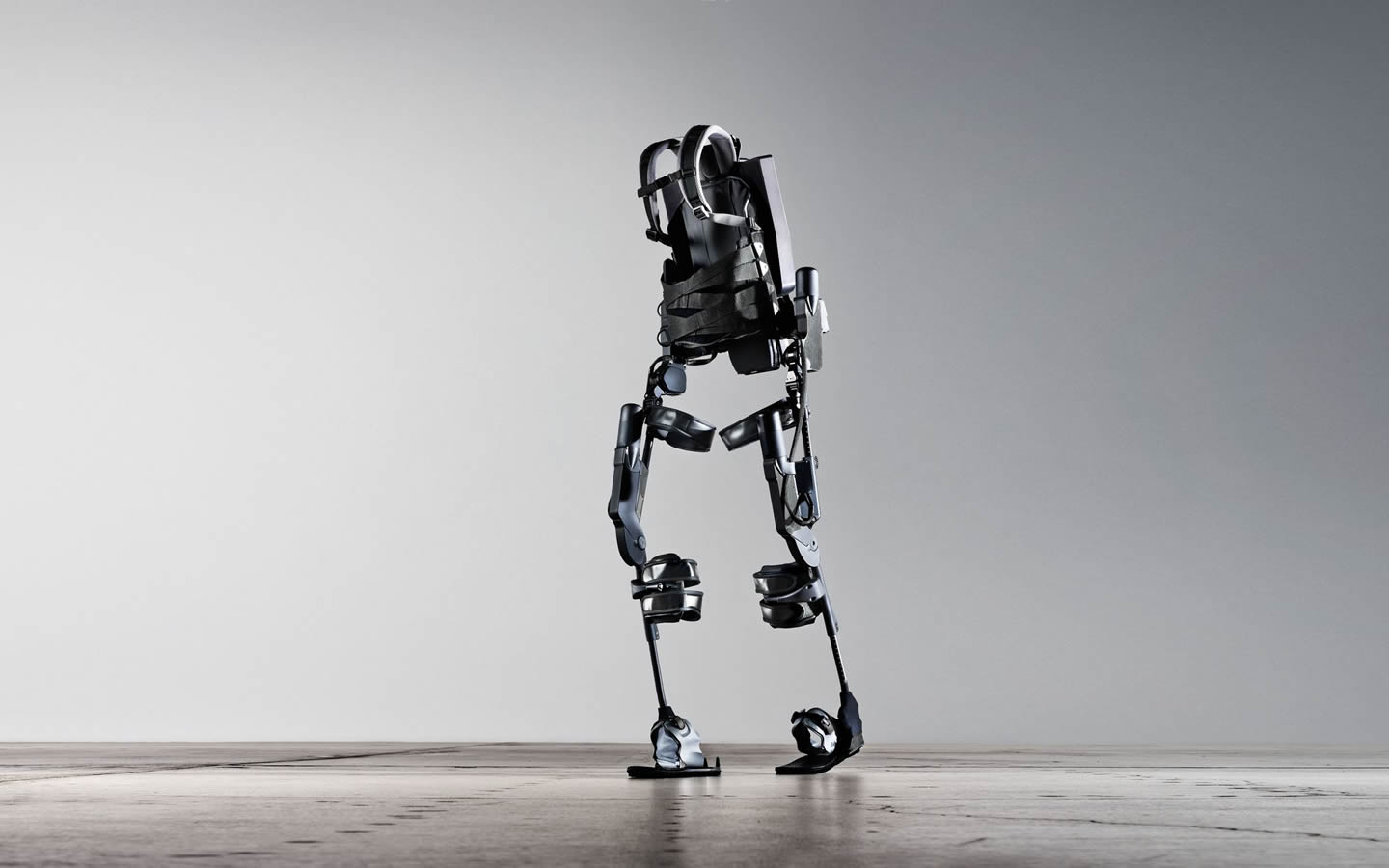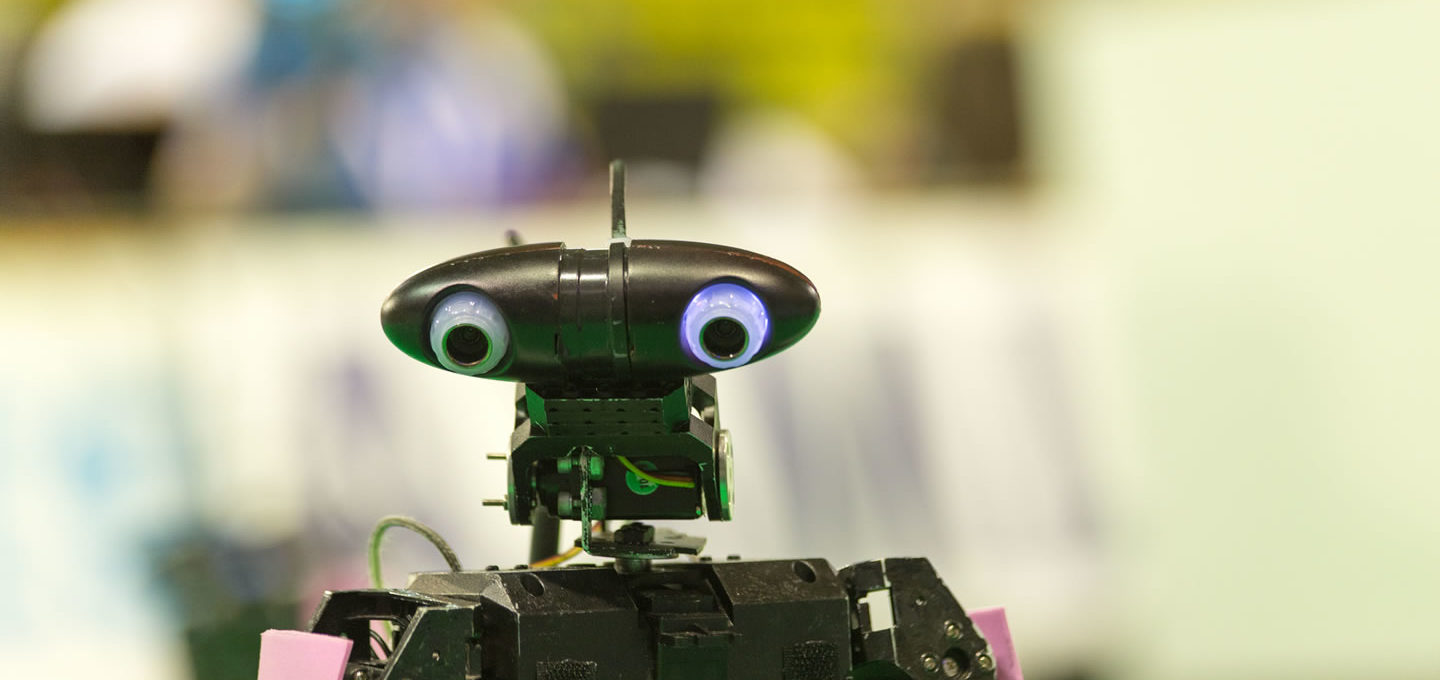Artificial intelligence (AI) and robotics are advancing the world of medicine, and improving patient outcomes. From precision laser surgery, to high-tech exoskeletons, which are providing mobility and independence to individuals with disabilities, healthcare as we know it will be revolutionised.
While many have concerns about robots and artificial technology replacing the human element in healthcare, the use of sophisticated technology is proving to augment patient care, by improving accuracy. Physicians in the future may have more time to consult with patients, as innovative new machines and technology reduce procedure time, and the burden on doctors, nurses and pharmacists.
From nanotech to 3D printing of prosthetics, healthcare is expanding rapidly to economise care, while improving efficiency. In this article, we will discuss applications that are already making an impact on global healthcare.

Exoskeletons as one large step for mankind
If you are a fan of Marvel’s character “The Iron Man”, you already know how remarkable automated exo-skeletons can be. While flying isn’t on the list of options for medical applications, electronic exo-skeletons are changing lives for individuals with disabilities, by providing the health benefit of circulatory movement, standing and independent living. While dozens of manufacturers exist worldwide, the opportunity is giving new hope and enabling previously disabled individuals.
The market for wearable robotics is estimated to reach $2 billion dollars globally, by the year 2025, according to a long-term research and development veteran, Dan Kara from ABI Research. An electrically powered motor mimics a natural human gait, to facilitate independent movement, controlled directionally by the wearer.
Using nano-bots to heal from within
Imagine something so small, that it could be injected into your bloodstream to detect cancer or other health problems in areas where x-rays and CT scans may not be able to detect. That is only one aspect of the multitude of potential applications that nanotechnology offers medicine.
Research studies into the use of nanobots for human healthcare are ongoing, but researchers agree that the technology could be used to detect tumors, blood clots (the leading cause of stroke), areas of internal infection or the accumulation of scar tissue and fibroids. One of the most exciting applications suggested, is to treat arteriosclerosis, a condition where arteries become hardened or blocked by plaque.
The North Carolina State University’s Department of Industrial and Systems Engineering, have been experimenting with nanobots for years, to lower infection and MRSA rates for post-surgical patients. The small bots can release low-intensity electrical charges and silver ions that kill methicillin resistant bacteria (super bugs) from the inside out.
Robots in hospital settings
For patients in San Francisco, California hospitals, it must be fun to be served by a fully automated robot. The robots are called ‘Tugs’ and they perform a number of tasks including the delivery of meals and beverages, as well as prescription medications. Tugs have also been programed to pick up and dispose of waste, and remove laundry from patient rooms.
The innovative healthcare robots are programmed to travel down hospital halls, without running into other objects or people, through travel maps and beacons. Access to medications reserved for patient use, can also be securely delivered using biometrics. A doctor or nurse can simply use their thumbprint to open the medication, delivered right to the room of the patient. Similar robots have also been used to administer shots, and a report from the Alberta Health Services and the University of Calgary, found that children reported 50% less pain, when they were distracted by the novelty of having a robot administer their needle, or blood collection.

3D printing applications
It didn’t take long for healthcare researchers and innovators to find practical uses for 3-D printer technology. At the Kaiser Permanente’s Los Angeles Medical Center, the printers are being used to produce precise multidimensional models of specific internal areas, to allow surgeons to ‘practice’ a procedure for accuracy, before the patient is operated on. The technology is frequently used to simulate arterial blockages, and for the visualisation of arteries and the heart, prior to implanting stents, pacemakers and other devices.
In addition to internal medicine, 3-D printers have taken the science of prosthetic limb manufacturing to a whole new level. The device can scan a patient’s arm, leg, fingers and toes to produce a perfect fitting prosthetic model. The 3D printed prosthetics look more natural, and they are more comfortable to wear, thanks to accurate sizing for each individual patient. Human ears, noses and even artificial replacement bone structures have been successfully printed and then implanted, for facial or limb reconstruction.
The doctor will Skype you now
Science fiction movies frequently feature a lay-down bed, where patients can scan the body with technology to diagnose injury, or illness. That technology is being developed by the Sharp company, as a sit up chair that could eventually one day, be in every household, and eliminate the need to visit a doctor’s office when you are sick, or contagious to others. Female header manufacturers note that device models for the home would be easy for consumers to install.
The chair measures the user’s vital signs including blood pressure, body temperature, reflex testing and other essential diagnostics. All the patient needs to do is sit in the chair and start the scanning sequence, to get a full biological report on health and conditions. The chair is also equipped with teleconferencing equipment, allowing the patient to send the data directly to their primary care provider, and teleconference the health care team directly.
Medical technology in the future will also include wearable sensors that can monitor health conditions and body chemistry, and adjust and administer appropriate doses of prescription medications. With the increasing number of seniors who will require care in retirement, the gains that highly sophisticated healthcare technology provides, will help ensure that patient care continues to advance to meet rising demands, by reducing costs, and improving efficiency at the doctor’s office, at home, or in the hospital.
Photographs by RoboCup / Ekso Bionics / Luke Jones

